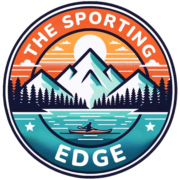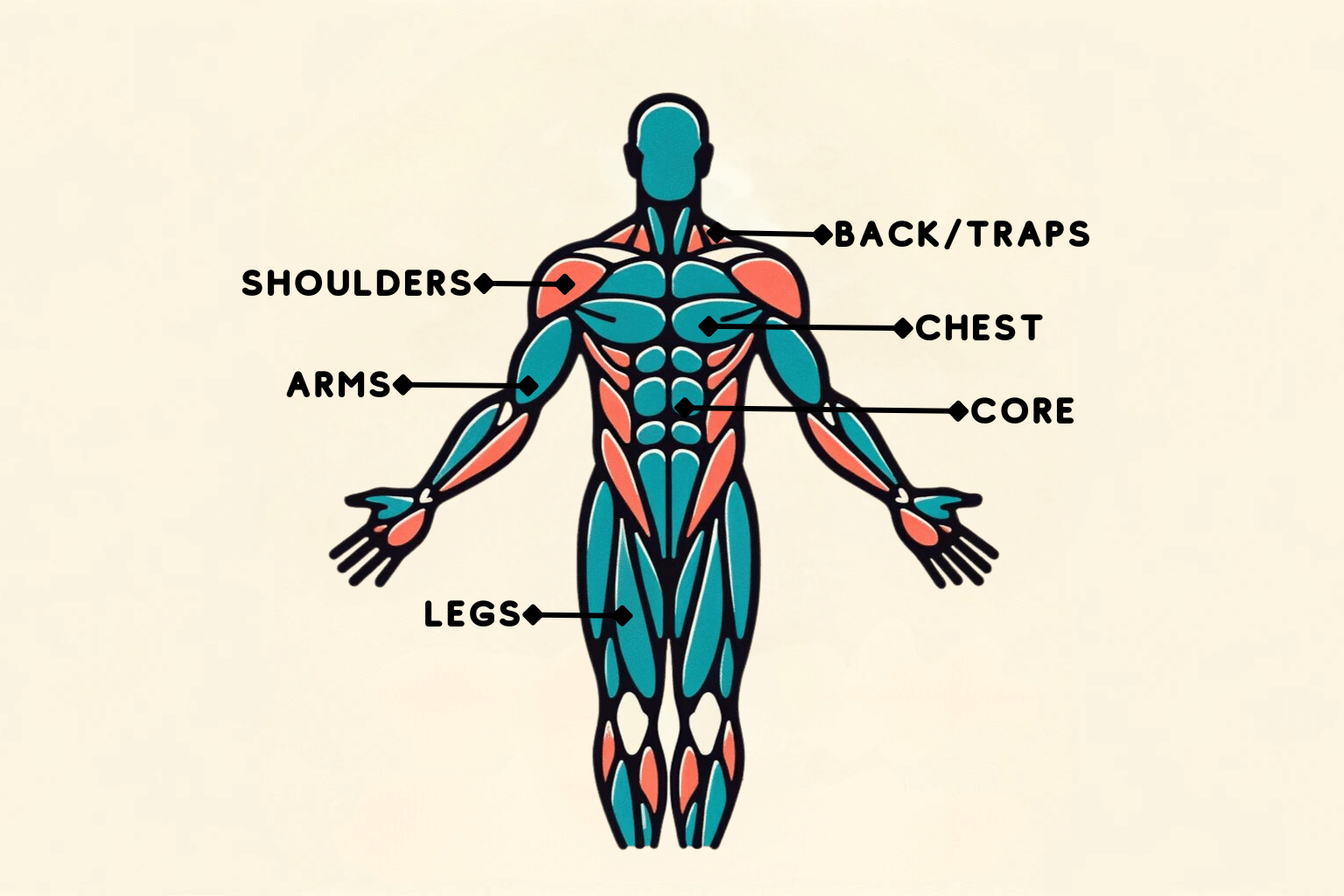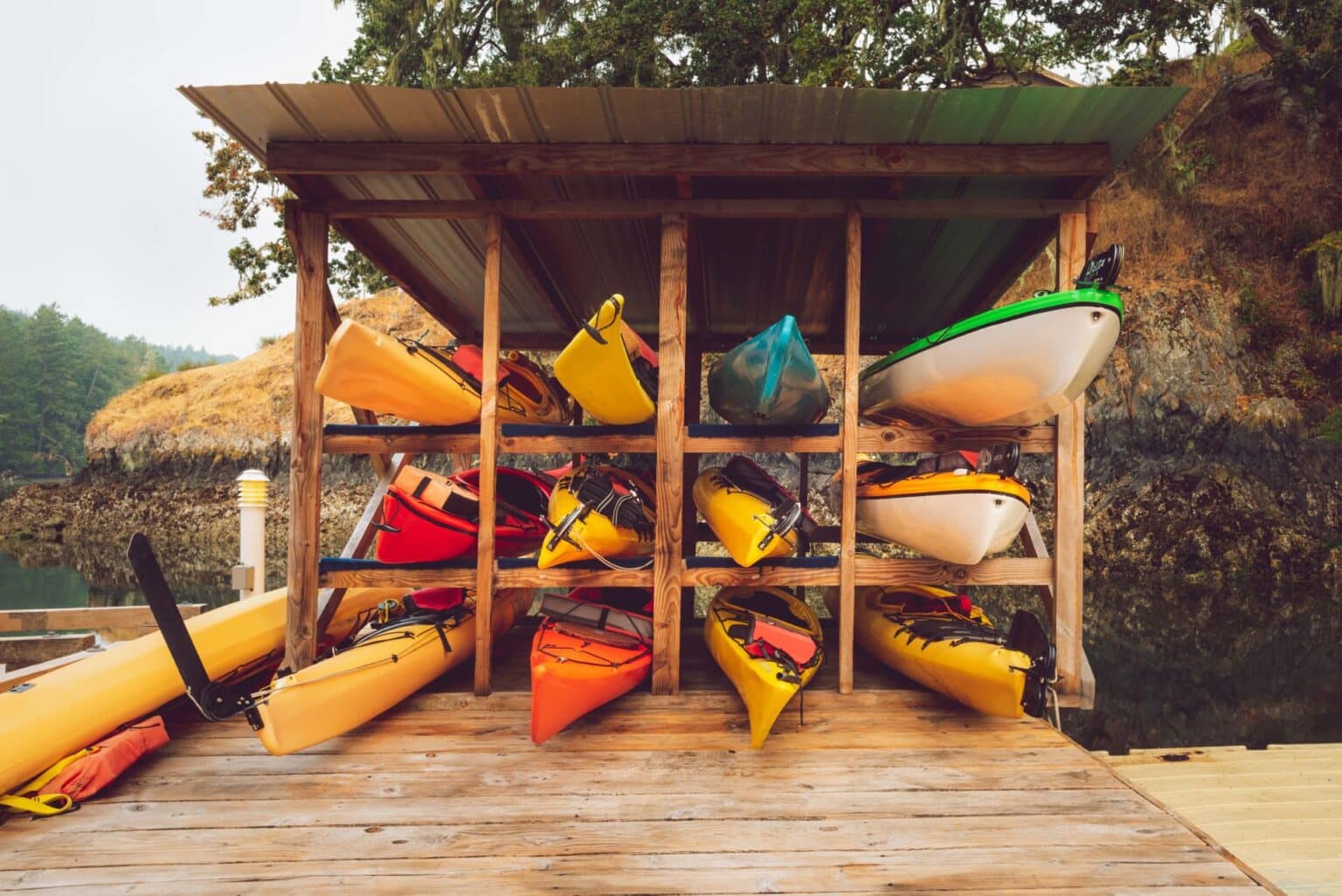Kayaking is often seen as a serene way to explore rivers and lakes, but did you know it’s also a phenomenal form of exercise? Far from just being a leisurely paddle, kayaking engages your entire body in rigorous physical activity.
So, what muscles does kayaking work? Muscles worked during kayaking involve a variety of muscles, including your core muscles like the obliques and abs, your arm muscles such as the biceps and triceps, as well as your latissimus dorsi and rhomboids in the back. Your shoulders and chest muscles get a solid workout as well. Your legs and glutes are also engaged, which is vital for maintaining balance and stability in the kayak. It’s a full-body workout that not only strengthens your body but also improves endurance and flexibility.
In this blog post, we’ll dive deep into the specifics of which muscles are used in kayaking. We’ll break it down muscle group by muscle group, discuss additional health benefits, and answer some frequently asked questions. Stick around to learn how kayaking can become your new favorite full-body workout!

Key Takeaways
☑️ What muscles are engaged during kayaking? Kayaking works out a host of muscles: the core for stability and rotational power; upper arms, specifically biceps and triceps, for the pull and push of paddling; shoulders and chest for movement range and strength; and the back muscles, including lats and rhomboids, for propulsion.
☑️ Is kayaking more than just a leisure activity? Definitely, it’s an effective calorie-burner and endurance booster. Rigorous paddling can burn calories similar to moderate-intensity workouts, making it an excellent choice for fitness enthusiasts.
☑️ Does kayaking provide a good cardio workout? Yes, the consistent paddling motion increases heart rate, enhancing cardiovascular fitness, similar to cycling or running, especially when navigating challenging waters.
☑️ Are there additional health benefits to kayaking? Kayaking offers mental health benefits like stress reduction, promotes better cardiovascular health, and supports increased muscle strength and endurance.
Muscle Groups Involved in Kayaking
The Primary Muscles Involved
When you’re out on the water, you’re not just working your arms; kayaking is a full-body workout that engages major muscle groups. The primary muscles involved include the core muscles, which are essential for balance and stability, and the muscles in your upper body like your arms, shoulders, chest, and back. These muscles work together to provide the force needed to paddle through the water efficiently.
The Secondary Muscles
In addition to the primary muscles, kayaking also engages secondary muscle groups. The leg muscles, for instance, are used for bracing against the kayak’s sides and offer stability. Even muscles you wouldn’t necessarily associate with kayaking, like your foot and calf muscles, are engaged as you use the foot braces to maintain a proper paddling posture. In essence, kayaking recruits your entire body to participate in this physically demanding activity.
More than a Leisure Activity
Many people view kayaking as a relaxing, leisurely activity. While it can certainly be peaceful, it’s also a strenuous workout if you approach it with the right intensity. Did you know that kayaking can burn up to 400 calories per hour, depending on the conditions and your paddling style? That’s right, it’s not just about leisure; kayaking offers numerous health benefits. From cardiovascular health to muscle building, the benefits are plentiful, making it a comprehensive form of exercise that shouldn’t be underestimated.
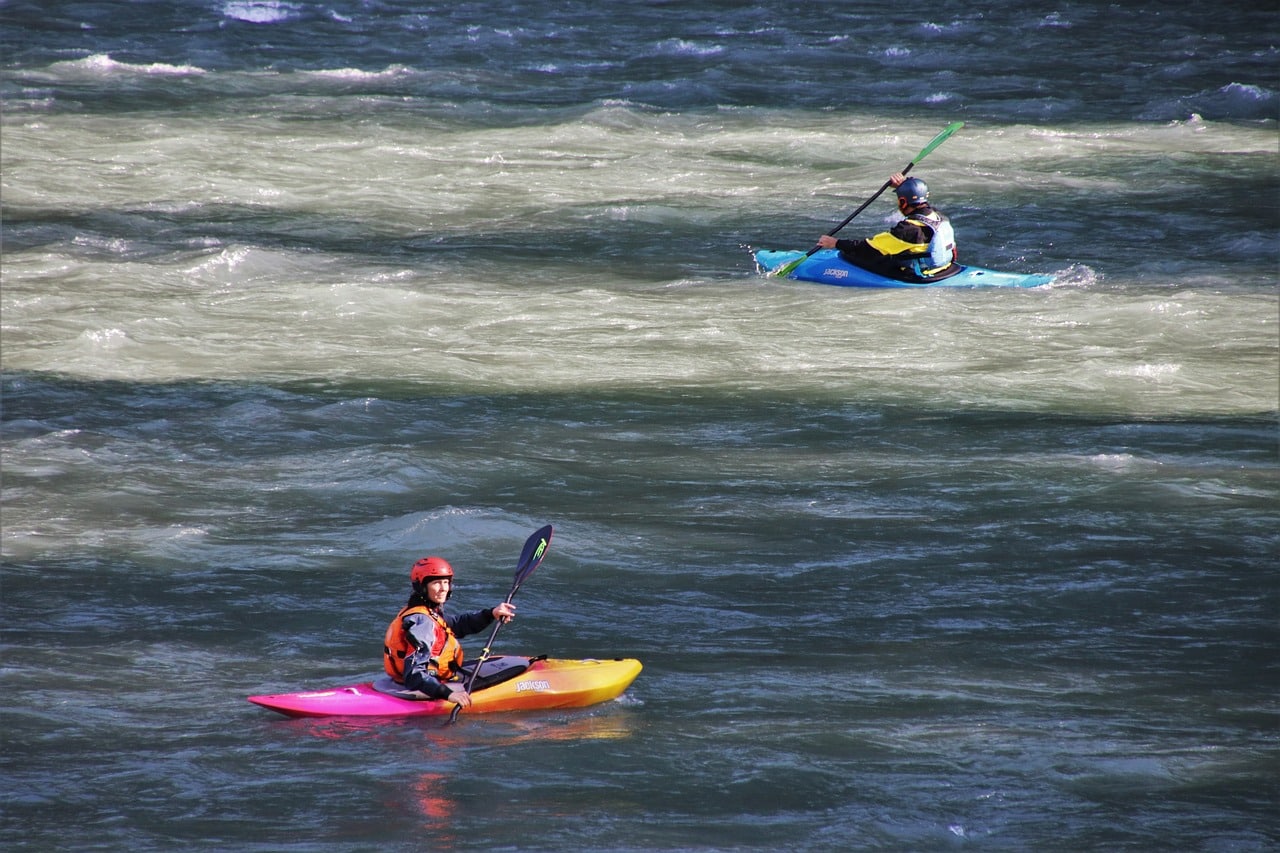
Arms and Shoulders: The Paddling Powerhouse
Upper Arms
When you think of kayaking, one of the first muscle groups that likely comes to mind is the upper arms. The biceps and triceps are fundamental in the mechanics of paddling. As you grip the kayak paddle and move it through the water, your upper arm muscles engage to create that motion. The triceps push the paddle through the water, while the biceps are responsible for the opposite motion, pulling it back. This combination offers an excellent workout for your upper arms, adding to the versatility of kayaking as an upper-body exercise.
Forearms
Your forearms also play a crucial role, although they’re often overlooked. The forearms contain multiple smaller muscles that assist in gripping the paddle and controlling its movement. Every time you rotate your wrists or adjust your grip, you’re actively working your forearm muscles. In kayaking, maintaining a secure yet flexible grip on the paddle shaft is crucial for effective paddling, and that responsibility falls mainly on your forearms.
Shoulders
Let’s not forget the shoulders. The deltoid muscle is in constant use during kayaking. The deltoids are divided into three main parts: the anterior (front), medial (side), and posterior (rear) deltoids. Each part has its function during paddling. The anterior deltoids are engaged when you push the paddle forward, the medial deltoids stabilize your arm as you paddle, and the posterior and rear deltoids are used when you pull the paddle towards you. This complex interplay of muscles ensures that kayaking is a comprehensive upper-body workout.

Chest and Back: The Upper Body Dynamo
Chest Muscles
Kayaking involves more than just using your arms and shoulders; it also engages your chest muscles, specifically the Pectoralis Major. This muscle spans across your chest, attached to the shoulder and the upper arm. As you reach forward to take a stroke, your Pectoralis Major contracts to help you extend your arms and get maximum reach. The involvement of these muscles adds another layer to the multidimensional physicality of kayaking. It makes kayaking a robust upper body workout, engaging muscles that you might not initially consider.
Back Muscles
Your back houses some of the largest muscles used in kayaking, making it a critical component of your upper body strength. Two key players are the trapezius and rhomboid muscles. The trapezius runs from your neck down to your mid-back and helps in rotating and lifting the arm. During kayaking, this muscle group helps stabilize the shoulder blades, providing a robust framework for arm movement.
The rhomboid muscles, situated between your shoulder blades, work as the antagonistic muscle pair to your chest muscles. As you pull your paddle back through the water, your rhomboids contract to bring your shoulder blades closer together, maximizing the power and efficiency of each stroke. Given their role, the rhomboids are indispensable in kayaking, especially during long paddling sessions.
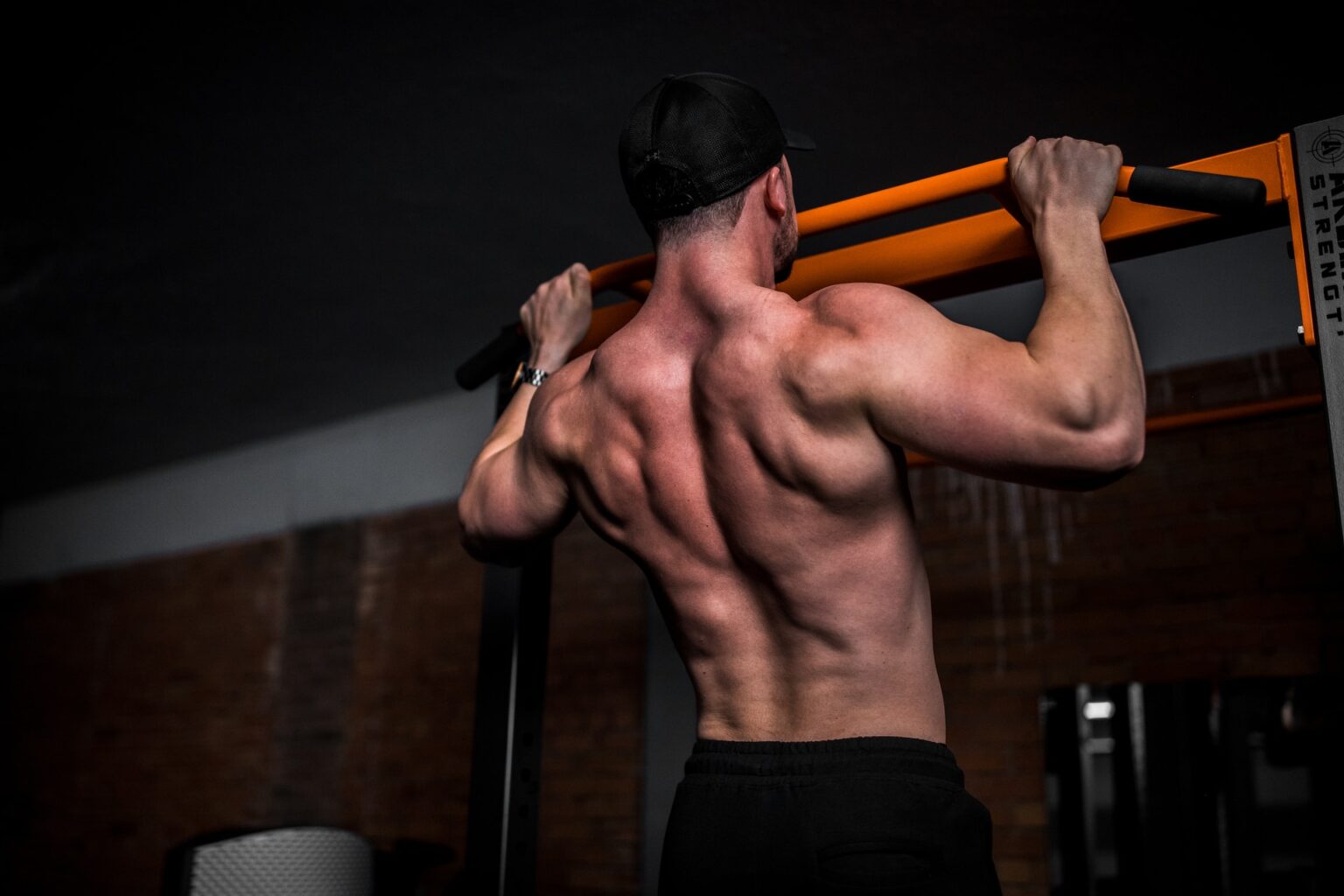
Core Muscles: The Engine Room of Kayaking
Abdominal Muscles
Your abdominal muscles are the most important stabilization muscle during kayaking. When you paddle, your abs are actively engaged, providing the foundational strength for each stroke. They’re particularly crucial during scapular retraction, the phase where you pull the paddle back through the water. A strong core helps maintain proper posture and enables you to apply more force to your paddles, making each stroke more effective.
Oblique Muscles
The oblique muscles, located at the sides of your abdomen, take center stage when you’re making a turn or navigating through choppy waters. These muscles help you twist and bend, crucial movements in steering a kayak. Strong oblique muscles also assist in maintaining your kayak’s balance, reducing the chances of capsizing.
Lower Back
Often overlooked, the lower back muscles contribute to your core strength in kayaking. They work in harmony with your abdominal muscles, creating a stable foundation for upper-body movements. A strong lower back is essential for maintaining good posture during long kayaking trips, reducing strain and fatigue.
In kayaking, a robust core isn’t just an advantage—it’s a necessity. Strong abdominal, oblique, and lower back muscles contribute to core strength, providing stability and force during paddling. This engine room of muscles powers your kayak, enhances your balance, and contributes to effective scapular retraction, making each stroke potent and precise.
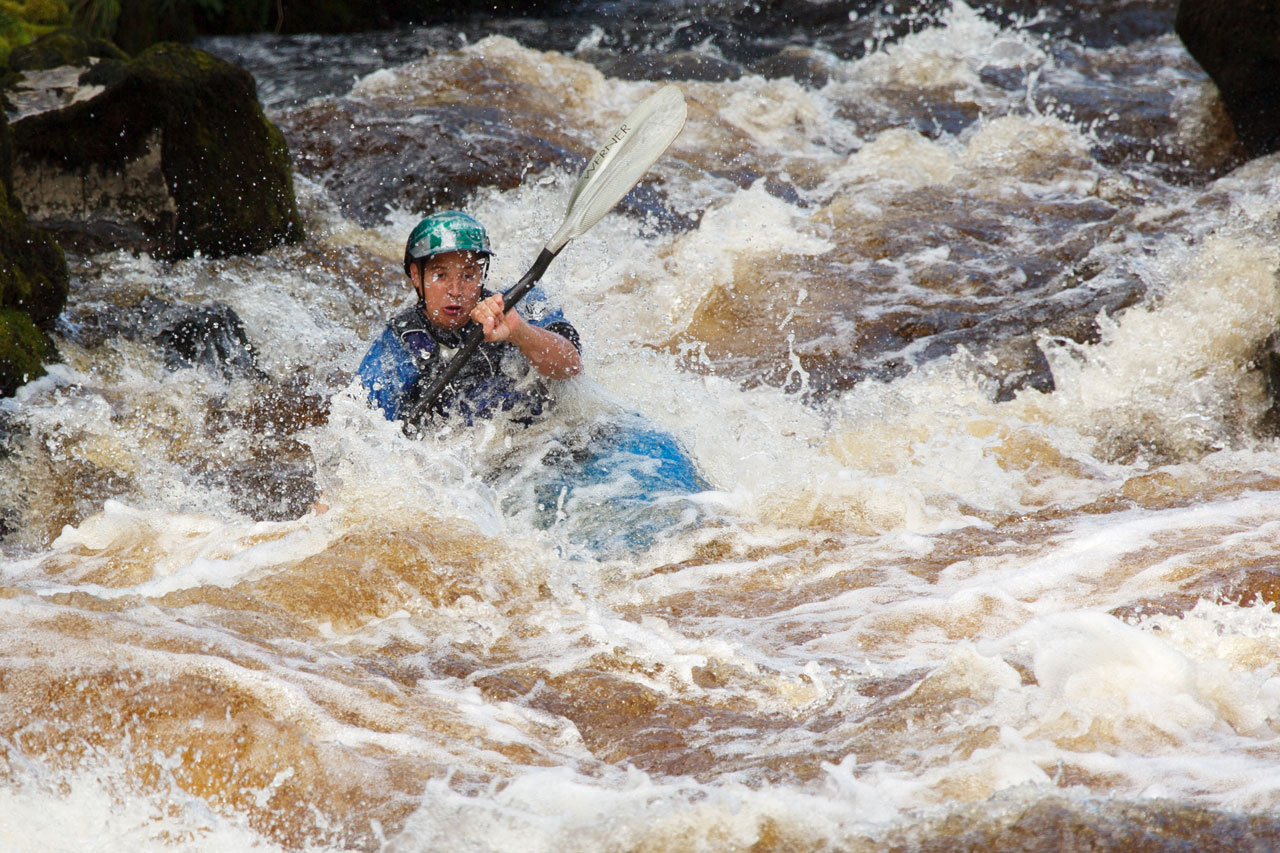
Leg and Hip Muscles: The Unseen Contributors
Importance of Legs in Kayaking
Most people think kayaking is all about arm strength, but the role of the legs is often overlooked. Your leg muscles are key to stabilizing your lower body and maintaining your center of gravity while on the water. When you dig your paddle into the water, your legs help to ground you, giving you the leverage to make each stroke more effective. Specifically, your quadriceps and hamstrings bear the brunt of this workload. They work in tandem to help you maintain a strong, stable posture, which is crucial for both short-distance paddling and longer journeys.
Hip Muscles
Another often-overlooked group of muscles in kayaking is the hip muscles. They play a significant role in balance and stabilization, allowing you to tilt and rotate your kayak efficiently. The hip flexors and extensors are particularly key muscles in this regard. As you navigate through the water, these muscles help to transfer the power generated by your upper body to your kayak, creating a cohesive, full-body movement. The glute muscles also contribute to this stabilization process and play a critical role in powering your kayak through the water.
Is Kayaking a Cardio or Strength Exercise?
Cardiovascular Health
Kayaking is very effective for cardiovascular health. As you paddle through varying water conditions, your heart rate naturally elevates, providing the kind of aerobic exercise that is essential for heart health. The rhythmic motion of paddling helps sustain this increased heart rate, making it comparable to other cardiovascular exercises like jogging or cycling. Moreover, the resistance from the water adds an extra layer of intensity, forcing your heart to work harder and thereby improving your overall cardiovascular endurance.
Muscle Building
On the other side, kayaking also plays a role in muscle building. Every paddle stroke engages a wide range of muscles, from your arms and shoulders to your core and even legs. This resistance-based activity puts enough stress on your muscles to help in their growth and strength.
So, is kayaking more focused on cardio or muscle strength? The answer is—it’s a bit of both. While kayaking offers a stellar cardiovascular workout, it also demands muscle strength to paddle effectively through the water. This dual nature makes kayaking a uniquely balanced physical activity, catering to both cardiovascular health and muscle building. It’s like hitting two birds with one stone—or in this case, with one paddle.
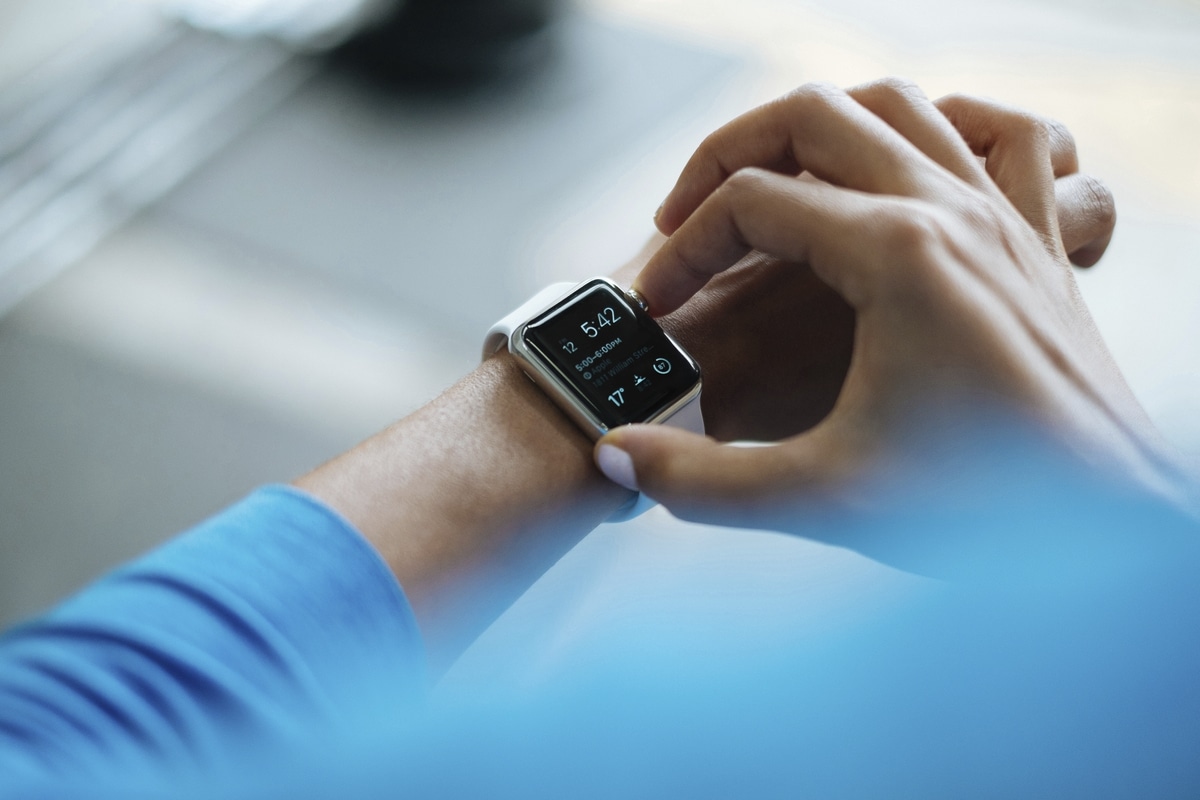
Additional Health Benefits of Kayaking
Mental Benefits
The perks of kayaking extend beyond the physical realm into mental well-being. The rhythmic strokes and the sound of water against your kayak can be meditative. This natural environment is a sanctuary for mental clarity, relieving stress, and even boosting your mood. Moreover, conquering challenging water terrains or successfully navigating rapids can provide a sense of accomplishment, further elevating your mental state.
Impact on Blood Vessels
When you’re kayaking, you’re not just giving your muscles a workout but also your circulatory system. The aerobic nature of kayaking helps to expand blood vessels and improve the flow of blood through your body. An effective blood flow ensures that your muscles are well-oxygenated, reducing the risk of injury and enhancing your overall physical performance.
Frequently Asked Questions
Is kayaking a good workout?
Absolutely, kayaking is an excellent form of exercise. It engages multiple muscle groups and offers a fine blend of cardiovascular and strength training. You can burn a significant number of calories per hour, making it a compelling choice for regular exercise.
Is kayaking good for building muscle?
Yes, kayaking can be a great activity for building muscle. Various muscles such as those in your arms, shoulders, back, and even your core are rigorously activated during kayaking. Whether it’s the arm muscles pulling the paddle or the core stabilizing your body, each stroke contributes to muscle growth.
What are the health benefits of kayaking?
Kayaking has an array of health benefits, from boosting cardiovascular health to strengthening a variety of muscles in your body. It also offers mental benefits and has a positive impact on your blood vessels. It’s an all-round package for anyone looking to engage in a health-promoting activity.
Does kayaking build chest muscles?
Definitely, kayaking engages your pectoralis major, which is one of the largest muscles in your chest. Each paddle stroke requires a coordinated effort from your chest and back muscles, making kayaking a fantastic upper-body workout.
Why is core strength important in kayaking?
Core strength is vital in kayaking as it helps in maintaining balance, enhancing paddling efficiency, and minimizing fatigue. A strong core also allows for better scapular retraction, which can improve your stroke and maneuvering abilities.
Is kayaking good for your knees?
Kayaking is generally low-impact, making it easier on your knees compared to some other sports. However, it does engage the leg muscles, including those around the knees, for stabilization and control, especially when navigating through rough waters.
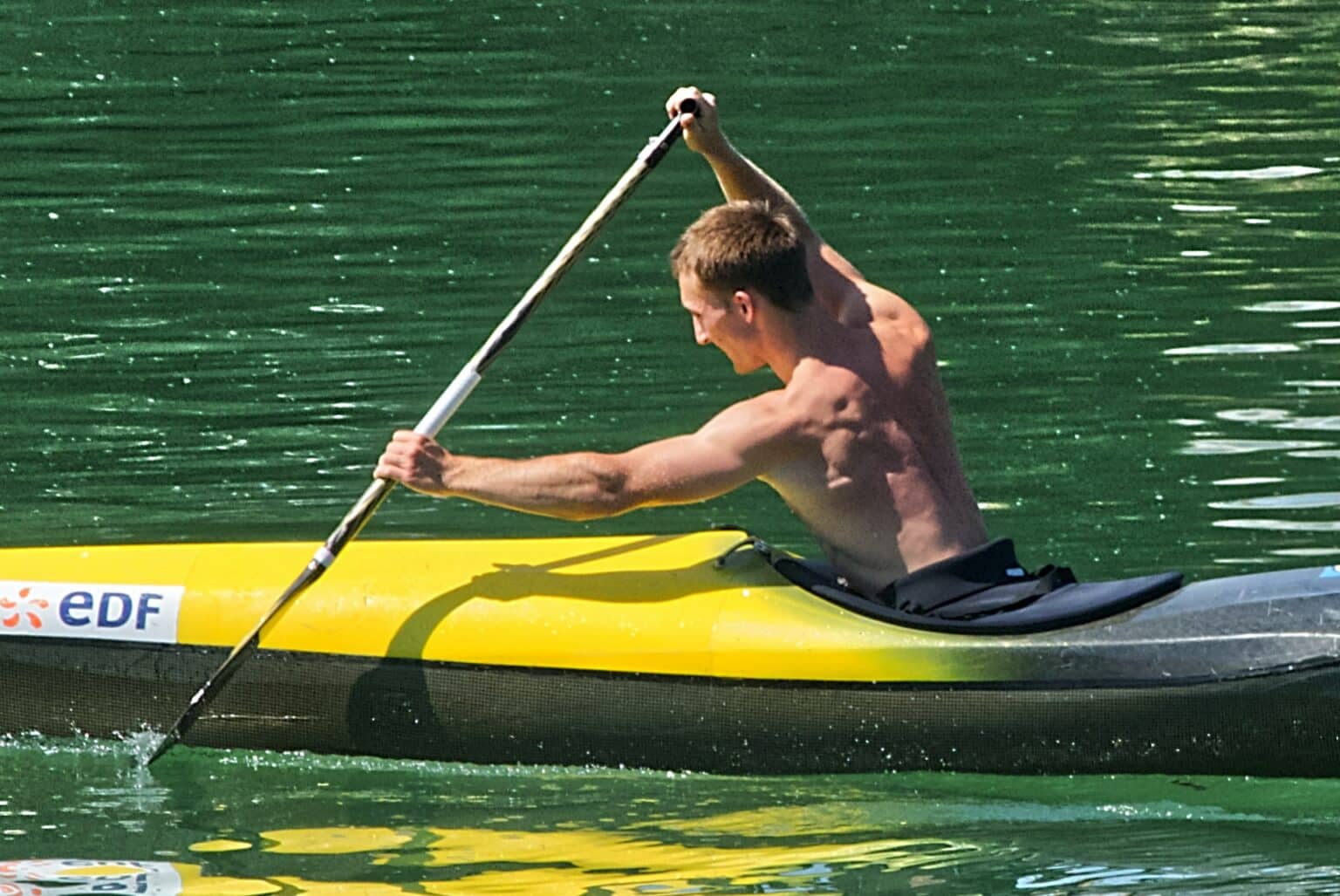
Conclusion – What Muscles Does Kayaking Work?
Kayaking is a robust, full-body workout that engages an extensive range of muscles. From the shoulders and arms to the chest, back, and even the often-overlooked legs and hips, nearly every muscle group is put into action. But kayaking is not just about muscle toning; it also contributes to cardiovascular health and mental well-being. The multifaceted benefits make kayaking an ideal choice for anyone looking to diversify their fitness regimen.
Ready to experience the transformative power of kayaking? Grab a paddle and hit the water! For more insights into kayaking, don’t forget to check out our other articles. Your next adventure awaits!
